“Do many English people know where Nelson lost his arm?” asked my guide, Darío. My kneejerk response was almost ‘Of course! Everyone knows it was here on Tenerife!’ But then it occurred to me… actually, hardly anyone knows it was at the battle of Santa Cruz de Tenerife in 1797.
Background to the Battle of Santa Cruz
At the beginning of 1797 during the Anglo-Spanish War, while he was struggling to maintain a blockade of Cadiz, Admiral John Jervis turned his attention to Tenerife. If Spanish ships were not able to dock in Cadiz, where else were they going?
Unfortunately for Nelson, the Canary Islands were commanded by a formidable old warhorseThe Canary Islands had long been a revittling point for ships setting out across the Atlantic on the trade winds (Christopher Columbus replenished all four of his westbound fleets in the Canaries) and a stopping off point for ships returning on the northbound route from the Cape of Good Hope, the Indian Ocean and the Far East. The British knew the islands’ strategic importance and had tried to capture Tenerife in 1657, and again in 1706. Indeed there were rumours that a Spanish ship laden with treasures had landed there recently.
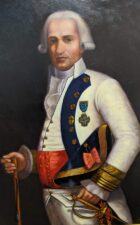
In April that year, Jervis sent two frigates to investigate, and based on their favourable report, dispatched a promising 39-year-old Rear Admiral called Horatio Nelson, with a fleet of nine ships to capture Santa Cruz de Tenerife.
Unfortunately for Nelson, the Canary Islands were commanded by a formidable old warhorse, Lieutenant General Antonio Gutiérrez de Otero y Santayana. There’s a portrait of him (left) by Candelaria Rodriguez held at the Military Museum of the Canaries.
The 68-yr-old asthmatic Gutiérrez had fought the British many times and, although he had only 300 regular soldiers + 100 stranded French sailors in Santa Cruz, he had a lifetime of professional army experience and a population of 7,000 civilians to draw on. When the frigates had shown up in April, he suspected more might follow. He started reinforcing his defences and raised a militia to man them. By the time Nelson’s fleet were spotted rounding Cape Anega in the Northeast on 17 July, Gutiérrez had 1,700 defenders.
Nelson had a sizeable fleet, comprising:
- 3 x 74-gun ships of the line – His flagship, HMS Theseus under Capt Miller; HMS Culloden under Capt Troubridge; and HMS Zealous under Capt Hood.
- 1 x third rate 50-gun ship – HMS Leander under Capt Thompson, which joined the fleet after the engagement had begun.
- 3 x frigates – HMS Seahorse (38 guns) under Capt Fremantle; HMS Emerald (36 guns) under Capt Waller; and HMS Terpsichore (32 guns) under Capt Bowen.
- 1 x small cutter – Fox under Lieutenant Gibson.
- 1 x mortar boat – Ray under Lieutenant Crompton.
The Military History Museum of the Canaries* has numerous artefacts from the battle including a display case of models of Nelson’s fleet.
All in all, Nelson had 4,000 sailors and marines.
The Battle of Santa Cruz de Tenerife 1797
Nelson’s plan was to take Santa Cruz from the northeast, an area where steep ridges and valleys run down to the sea. The only real obstacle was the Paso Alto fortress guarding the coast with the 290-metre high Altura de Paso Alto ridge behind it.
On the evening of the 21 July, Nelson attempted to land 1,000 troops under Troubridge’s command on the Valleseco beach with the intention of climbing the ridge overnight to get around the fort and attack it from the rear, but a woman on the beach heard them and raised the alarm. They came under fire from the fort and had to withdraw back to the ships.
The next night, Nelson tried again; this time landing his troops further away in the next valley so they could climb the Bufadero ridge and down into the Valleseco valley, before attempting to scale the Paso Alto ridge again – it was a BIG ask! By daybreak they were scattered, exhausted, on the downslope of the Bufadero and across the Valleseco valley floor, where they came under fire from Spanish soldiers Gutiérrez had placed on the Paso Alto ridge in anticipation. The British had to endure a hot day, under fire, until darkness gave them the chance to slip away again.
Nelson gave up that approach and decided his best option was a full-frontal attack on Santa Cruz harbour with its formidable castle of San Cristóbal, Gutiérrez’s HQ.
He staged a feint by ostentatiously sailing off to the southeast, but Gutiérrez, who had been out-thinking Nelson at every stage, saw the ruse for what it was and quickly brought all but 30 of his troops and artillerymen back from Paso Alto and posted them around the town, on the harbour batteries, and in San Cristóbal castle.
Nelson, in his typical style, decided that he would lead the attack himself, with his captains commanding groups of boats containing 700+ men who would land at points along the foreshore from the Our Lady of La Concepción church at the mouth of the Santos river, to the San Antonio Battery at the northeastern end of the harbour.
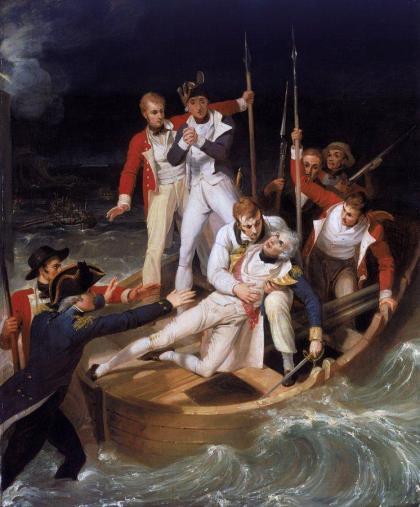
Oil on canvas by Richard Westall 1806
(National Maritime Museum, Public Domain)
The attack began at 2230 on 24 July, with the British longboats stealthily rowing towards the shore when they were spotted and the alarm raised. All hell broke loose. The small boats were straddled with cannon and musket fire. The cutter Fox with 180 on board was hit and sunk. Lt Gibson and 17 of his men were drowned. Many soldiers & sailors were killed or wounded as they landed.
A group led by Capt Bowen from the Terpishore managed to take the San Antonio Battery and spike its guns, but that was a rare success, and a bitter one because Bowen and several of his men were killed.
Meanwhile, as Nelson’s boat reached the beach just to the northeast of the San Cristóbal castle, facing the Alameda gardens, he was hit in the right arm by grapeshot fired, allegedly, from a cannon called El Tigre (The Tiger). It is reported that he never actually set foot on Tenerife. His stepson, Lieutenant Nisbet, tied a tourniquet around his arm and set about getting him back to HMS Theseus.
Over on the left flank, Captain Troubridge and Captain Hood were making better progress. Around 500+ men had managed to get ashore on Carnicerías beach (Butcher’s beach) by the meat district and were now making their way across the Santos ravine (a river when raining) into town, taking first the Church of our Lady of the Conception. Around 350 men with Troubridge & Hood were able to work their way up to La Consolación convent while the remainder tried to take San Cristóbal castle from behind and got badly shot up.
At this point, realising things were going badly, Troubridge tried to bluff Gutiérrez by demanding the Spanish surrender or he would set fire to the town. He sent Hood, the junior of the two officers, to deliver his ultimatum, but Gutiérrez with a better grasp on the military situation, turned him down flat and began to manoeuvre his forces to surround and cut Troubridge off from the sea.
In the early hours of 25 July, Nelson tried to support Troubridge by sending in 15 boatloads of men, but they were shot up as they approached. Twelve boats managed to get back to their ships but 30 men drowned.
Captain Troubridge realised the game was up and sent Hood back to Gutiérrez to seek terms for a truce and honourable withdrawal. Gutiérrez graciously agreed and Hood signed the truce on behalf of the British (witnessed by Troubridge and Gutiérrez) at 0700 am in Gutiérrez’s office on Candaleria Square, promising not to burn the city and not to return to Tenerife. Then the remaining British forces were allowed to march back to the harbour with full military honours and return to their ships.
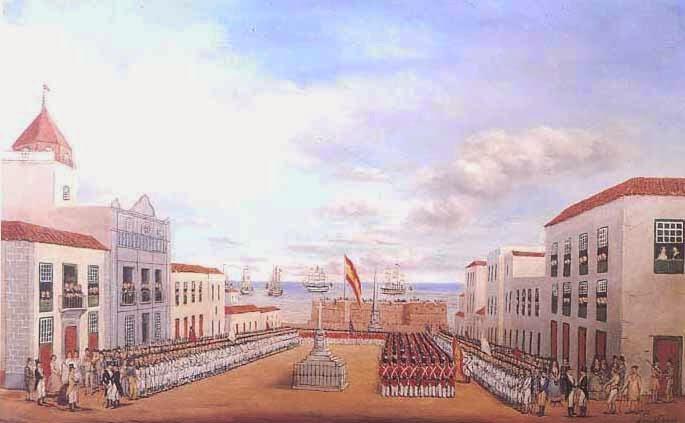
The chivalry did not end there. Gutiérrez loaned Nelson two Spanish schooners to help him return to England, and later the two men exchanged letters and gifts. Nelson sent a cask of beer to Gutiérrez as a mark of respect and to thank him** and by return Gutiérrez sent two demijohns (5L each) of Tenerife wine.
At the final count, it was a disastrous result for Nelson and the Royal Navy. Not only did he fail to take the capital, Santa Cruz, but he lost 250 men and 128 wounded, where the Spanish defenders counted 30 dead and 40 injured… and he lost his arm.
The Battlefield Today
So what can you see now? What is left to tell the story of this encounter 225 years later? That’s what I wanted to find out.
I wasn’t expecting much, but there are a number of relics from the battle that have been carefully preserved and a trail through the key locations to follow.
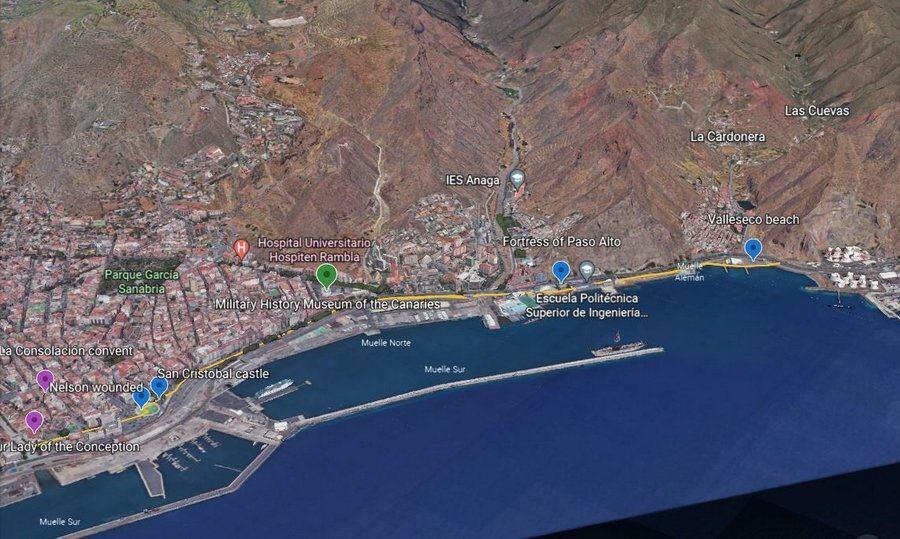
This is a Google Earth map of Santa Cruz showing the key locations. If you click it into 3D mode you can see the topography that shaped the assaults, and I’ve marked the rough shape of the shoreline in 1797. So much land has been reclaimed since!
For the Spanish and the Canarians this was a major victory of which they are proud, and with a worthy victor, Antonio Gutiérrez de Otero y Santayana, of whom they are rightly proud. So they have made an effort to preserve as much as they can.
The Military Museum
A good starting place is the Military Museum, which is housed in the Almeyda fortress, built in the aftermath of Nelson’s attack to bolster Santa Cruz’s defences should those terrible English turn up again!
The museum covers military history in the Canaries up to the 21st century (there are helicopters, tanks, etc), but it also has a section covering the Battle of Santa Cruz de Tenerife including a large model of the battleground which provides a 6 minute animated presentation explaining, in English, what happened and where. If you start with that, you’ll have a good idea of what happened on the ground, before you explore the city.
The museum has a number of the guns that were involved in the battle including the wonderfully impressive 16th century ‘Hercules’ cannon (it’s massive!), and a collection of artefacts from the assault, including battle flags – such as the one from HMS Emerald – taken on shore by the British and subsequently captured.
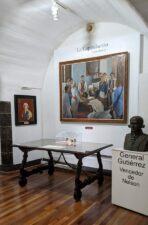
truce was signed
They also have fragments of the ‘miraculous mortar bomb’. On the morning of 25 July, the last assault, the mortar ship Ray was bombarding the Pasa Alto fort. One of the 41 bombs it dropped on the fort crashed through the roof of the chapel whose religious centrepiece was a valuable painting of Christ by a famous Canarian painter, Juan de Miranda. The 9″ (23 cm) diameter bomb failed to detonate. It just disintegrated thus saving the painting and the chapel. For a century after, there was an annual procession to the chapel by locals wanting to give thanks for the miracle.
And they have Gutiérrez’s desk, the writing implements that were used to sign the truce, and the truce document itself.
The First Assaults
Valleseco beach, or at least part of it, still remains, wedged in between the dual-carriageway, the industrial zone and the commercial port.
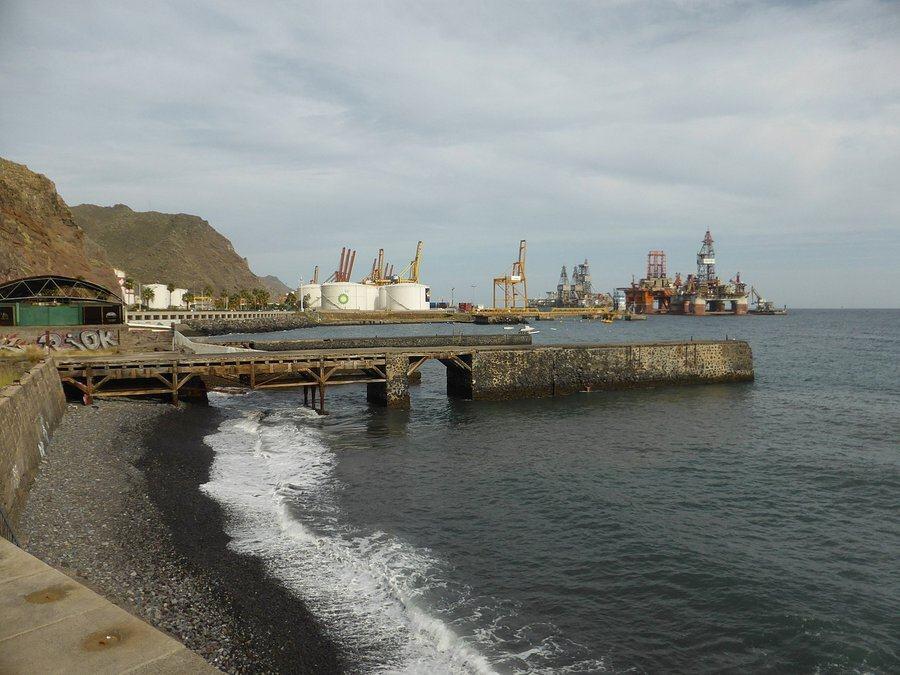
Above, tower the Bufadero & Paso Alto ridges. In the place of Spanish defenders at the top of Paso Alto there are now radio masts. It looks pretty daunting. Imagine climbing up there at night or in the heat of the day, in full military uniform with kit and musket!
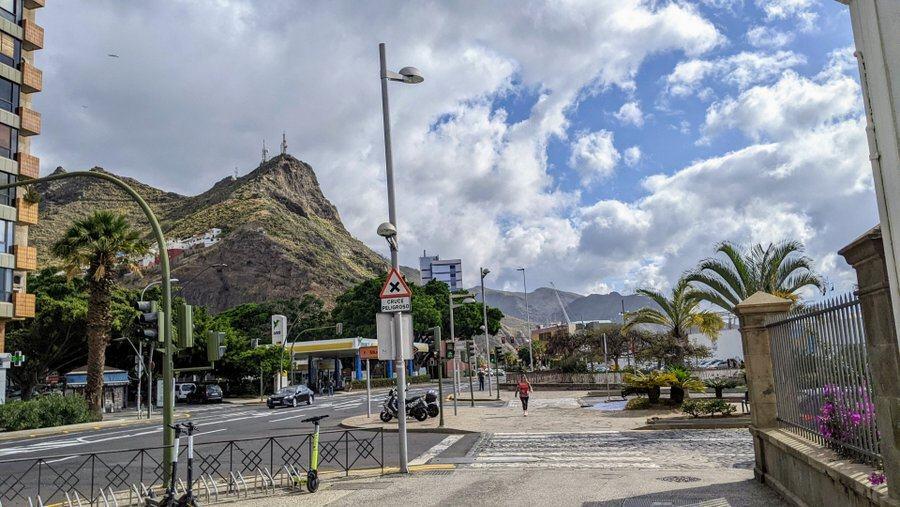
Paso Alto fort also still exists. The hemispheric rampart walls are now a quiet park – video.
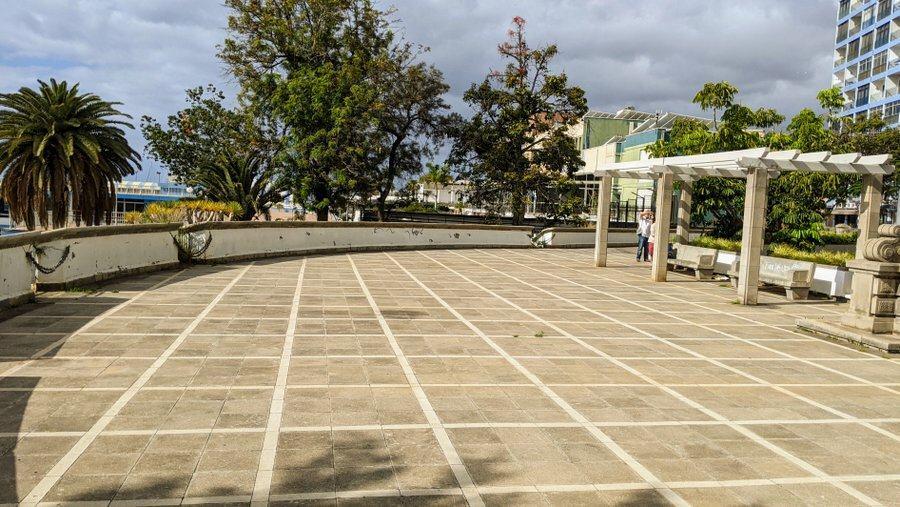
The Third Assault
Walking along the promenade towards the old centre, the site of the San Antonio Battery is marked. The battery itself no longer exists.
And here is where it gets interesting. The San Cristobal castle also no longer exists. In its place in the Plaza de España is a large circular lake; the centrepiece of the park. When they were creating it in 2006 they discovered the foundations of the castle, so they preserved them in an underground (technically, ‘underwater’) museum!
Ok, so. The primary question: where exactly did Nelson lose his arm?
Well to be pedantic, he lost it at sea, on board HMS Theseus where the surgeon removed it and, as the procedure was in those days, chucked it overboard. But, where was he when he was hit in the arm?
Here! Just about where those workmen and their truck are, in the Plaza de España. We know his boat was coming ashore just to the northeast of San Cristóbal castle opposite the Alameda gardens, and fortunately the arches of the Alameda gardens still survive, so it’s easy to triangulate the spot!
The under-ground/water museum is free and you’ll find the entrance at the side of the lake. It’s definitely worth a look. The foundations are impressive and you get a sense of what Nelson would have been looking from his boat. You’ll also find the famous ‘El Tigre’ – the cannon that supposedly fired the grapeshot at Nelson.
Up on the surface, note the black line painted on the floor of the lake. It marks the outline of the castle. It’s not so clear from the side of the lake but if you look at a satellite view in Google Maps or Earth, you can see the outline clearly.
Team Troubridge Locations
Santa Cruz is split by the Santo Ravine, the course of the Santo river when it rains. Troubridge & Hood landed on the beach to the southwest side of the ravine and crossed it to the Church of our Lady of the Conception.

The church is still there. It was the first church built when the Spanish first arrived on Tenerife and it contains part of the wooden cross that they planted on that site – now encased in silver.
It also contains the tomb of General Gutiérrez, who died on the island just two years after his victory.
A few streets away, the Convent of La Consolación where Troubridge & Hood were surrounded, no longer exists. The rather grand Guimerá Theatre now occupies the site.
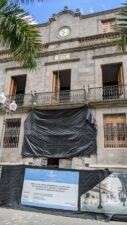
The Palacio de Carta in Plaza de la Candelaria, where Hood & Troubridge signed the truce and then paraded through the plaza, still exists… although at the moment it is undergoing restoration.
It was built in 1752 by Matías Rodríguez Carta as a family home and then became the residence for military commanders on the island. You can see it in Nicolás Alfaro’s painting above.
Since 1947 it has been a protected historic building owned by the Canary Islands Government. When the works are complete it will house the Tourist Information Office in the first floor, and the second floor will have the Santa Cruz Museum of History. They are also planning to move Nelson’s nemesis, ‘Le Tigre’ to this site.
So, if you are interested in the tale of Nelson’s defeat on Tenerife, there is plenty to see.
Ok, next question: Where did Nelson lose his eye? Answer
* The Military History Museum of the Canaries is in the Almeyda fortress, built in the aftermath of Nelson’s attack to bolster Santa Cruz’s defences should those terrible English turn up again!
** The accompanying letter is on display at the Spanish Army museum in Toledo.
Declaration: I was on Tenerife for a travel writers conference. Our (I was with two colleagues) guide was supplied by Santa Cruz Tourism.
Feature Image: Nelson attacking San Cristobel castle. The cutter, Fox is sinking just offshore. In the background, the tower of the Church of our Lady of the Conception and the arches of the Alameda gardens. Oil on canvas painting by Esteban Arriaga, reproduced by kind permission of Museo Histórico Militar de Canarias.
Factbox
Tenerife:
Tenerife is the largest island in the Canaries (Spain), grouped out in the Atlantic, off the coast of North Africa. It is dominated by a dormant volcano, Mt Tiede at 3,715 m (12,188 ft) above sea level. The north & south sides of the island are quite different; the south is sunny, barren & rocky, the north side is lush green and tropical, often with rain. The average year-round temperature is 23°C (73.4°F). It has 3,000 hours of sunlight per year. Until the 60s/70s Tenerife’s main industry was banana production. Now it is tourism, focusing on adventure sports, gastronomy, and nature. The Canaries are sometimes dubbed “Europe’s Hawaii”.
More info at Tenerife Tourism
Getting there from the UK:
BA, easyJet, Ryanair, TUI & Jet2 fly daily from airports all over the UK. Average flight time is 4hrs 30mins.
Getting there from the USA:
Good news! United Airlines are starting a 3 x weekly direct flight from Newark to Tenerife on June 9th.
Guide
Darío López Estévez is an official Tenerife guide specialising in history & culture (& stargazing! I met him a couple of nights earlier on the top of Mt Tiede!). The first tour programme he created when he qualified as a guide was on the Battle of Santa Cruz 1797. If you want to follow in Nelson’s footsteps, then Darío trades as Tenerife 100 Cultures. You can email him at info@tenerife100cultures.com
Military Museum of the Canaries (Museo Histórico Militar de Canarias)
The museum is free and has free parking too. It is open Mon – Fri 0900 – 1400, Sat 1000 – 1400, closed on Sundays and holidays.
San Cristobel Castle Museum
The museum is free. It is open Mon – Sat 1000 – 1800.

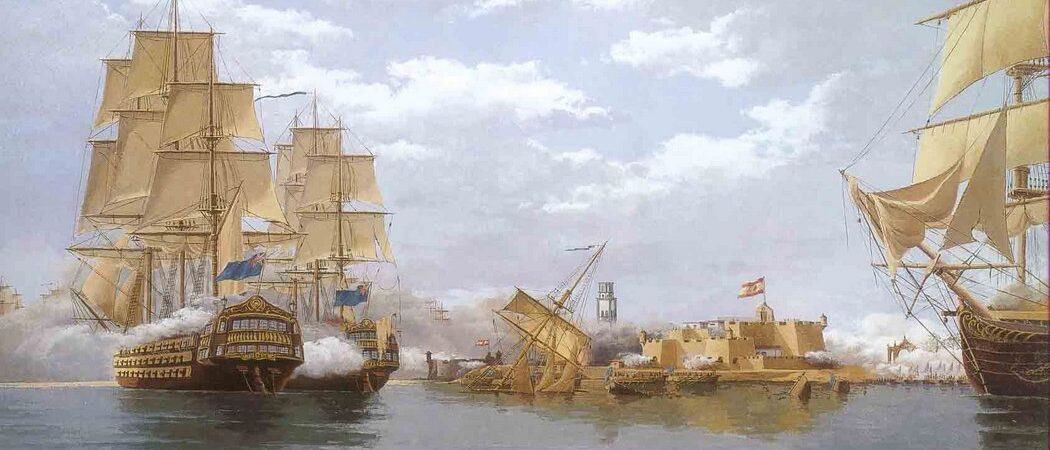
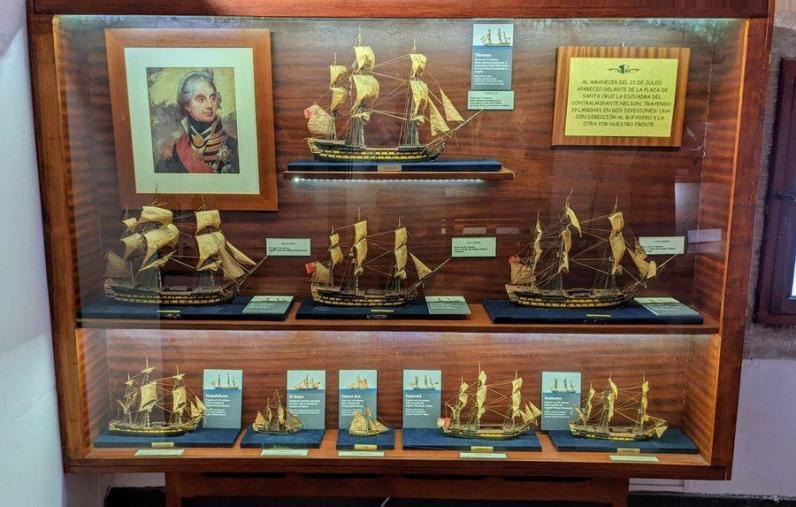
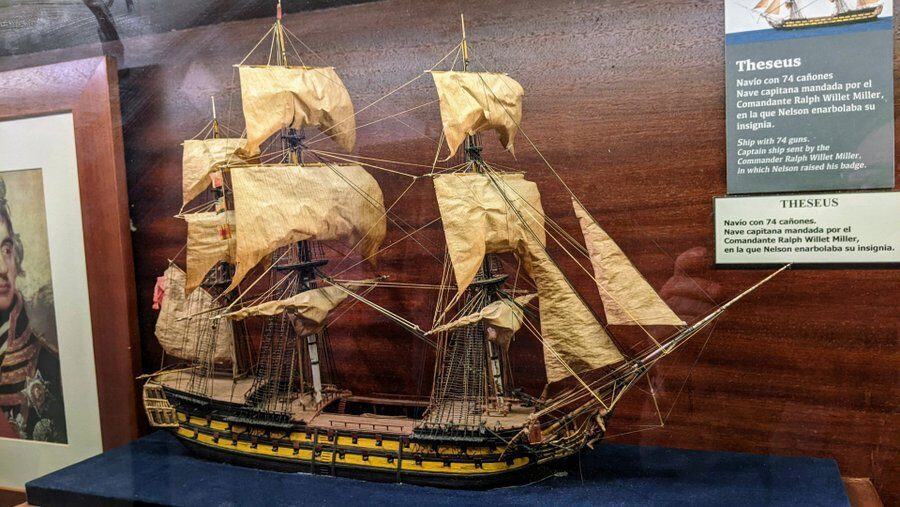
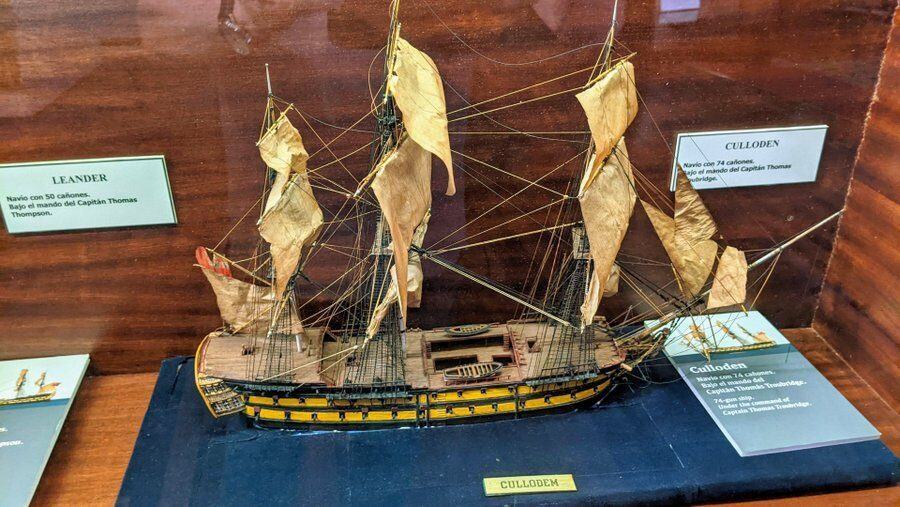
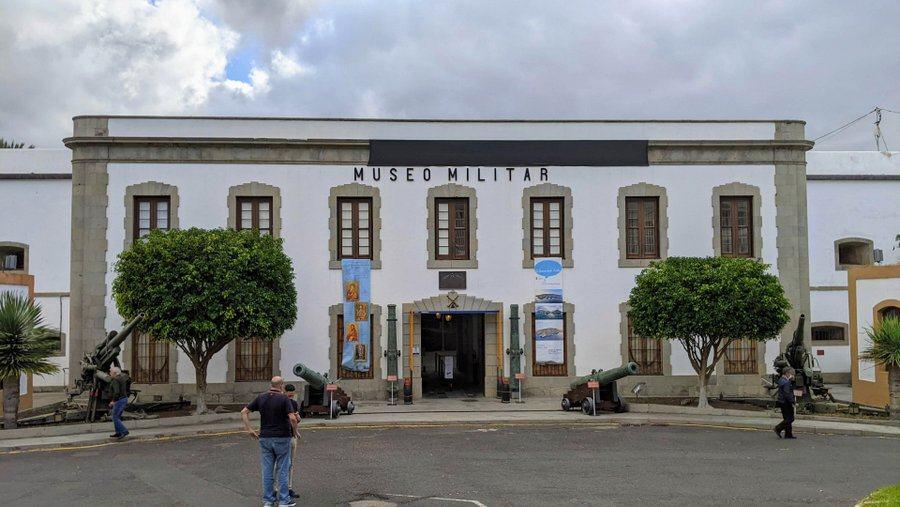
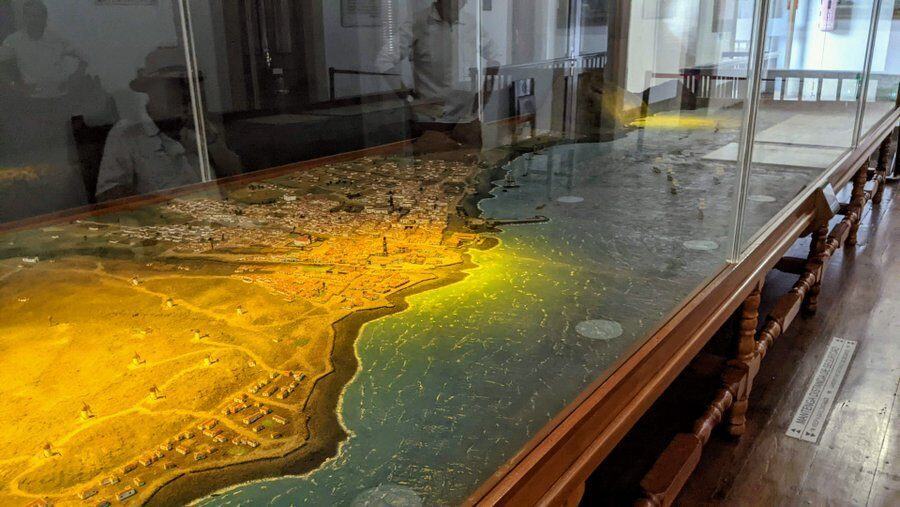
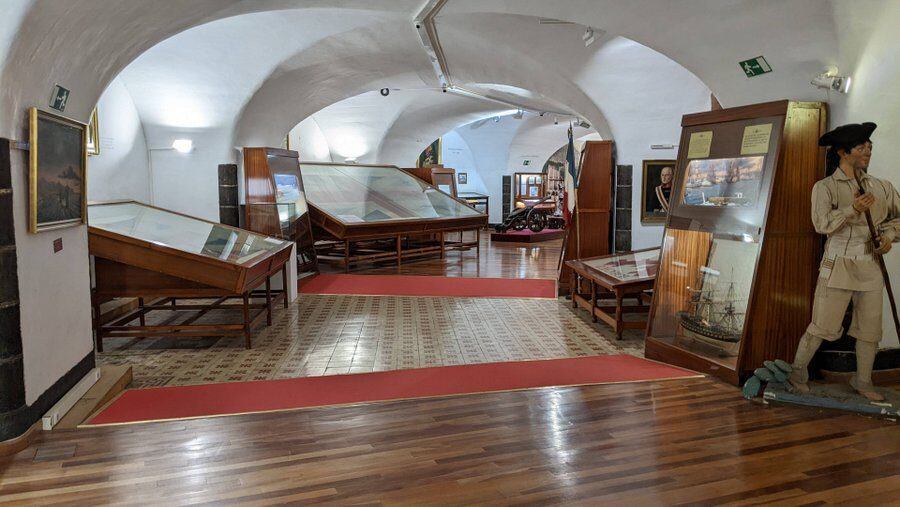
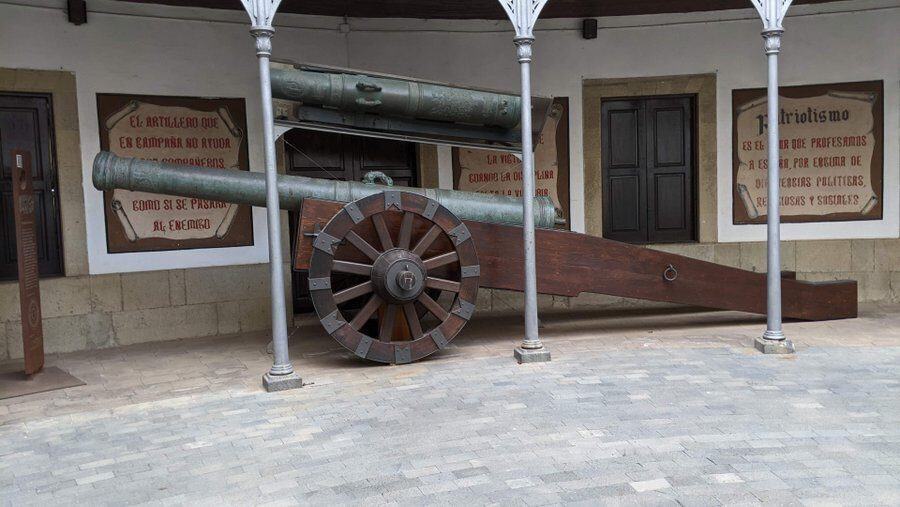
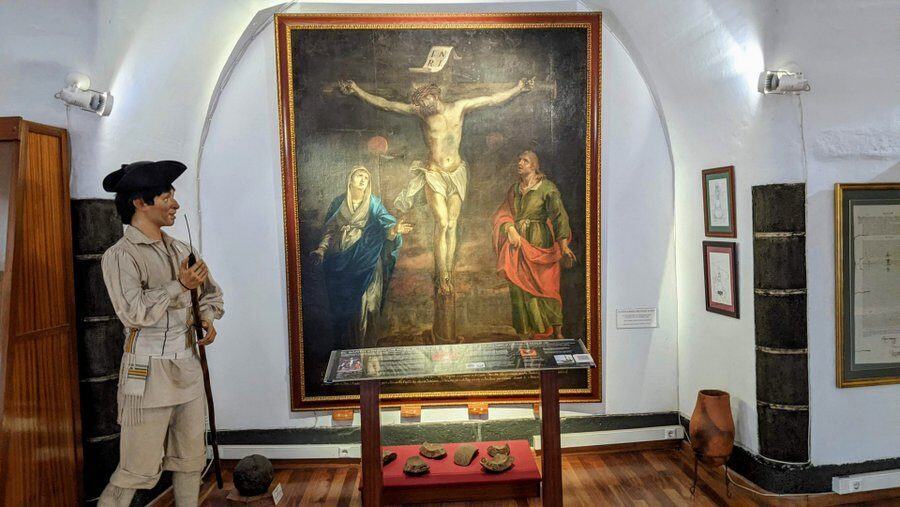

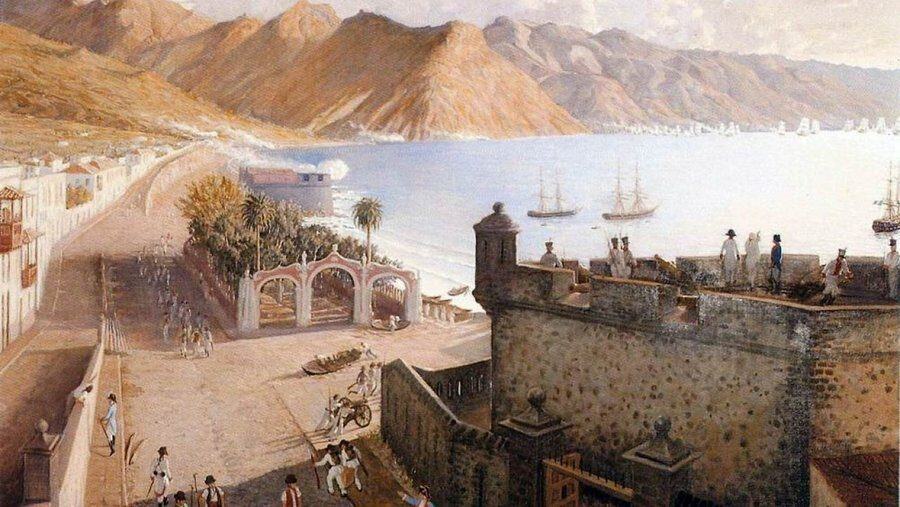
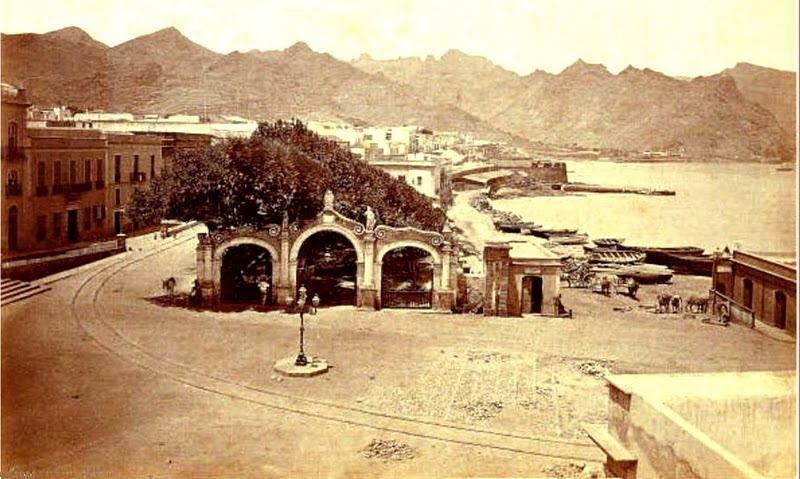
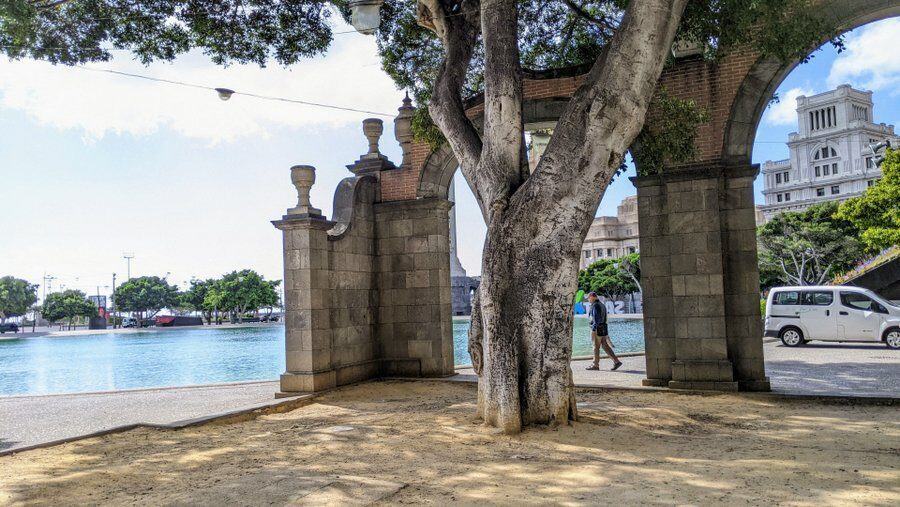
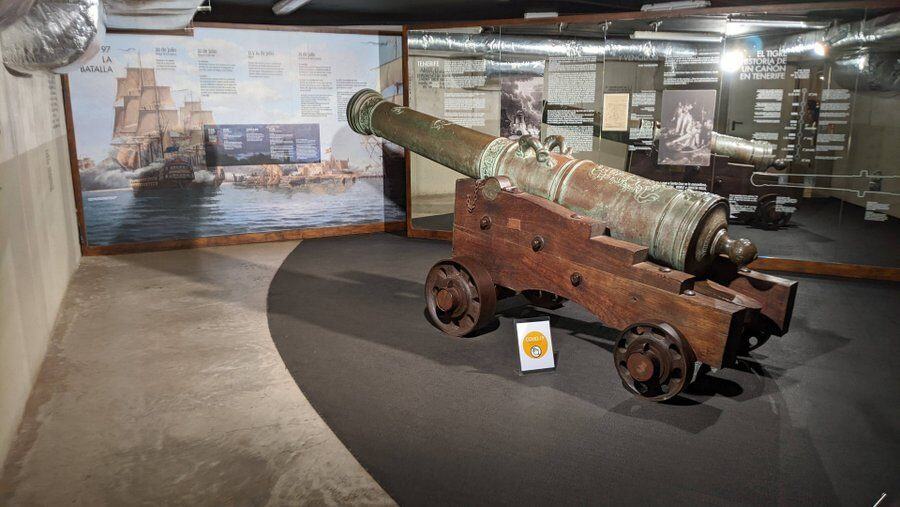
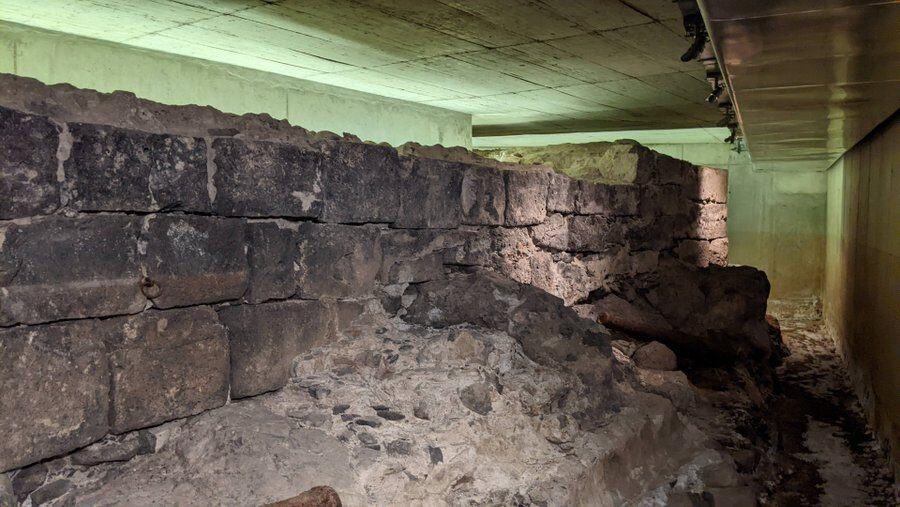
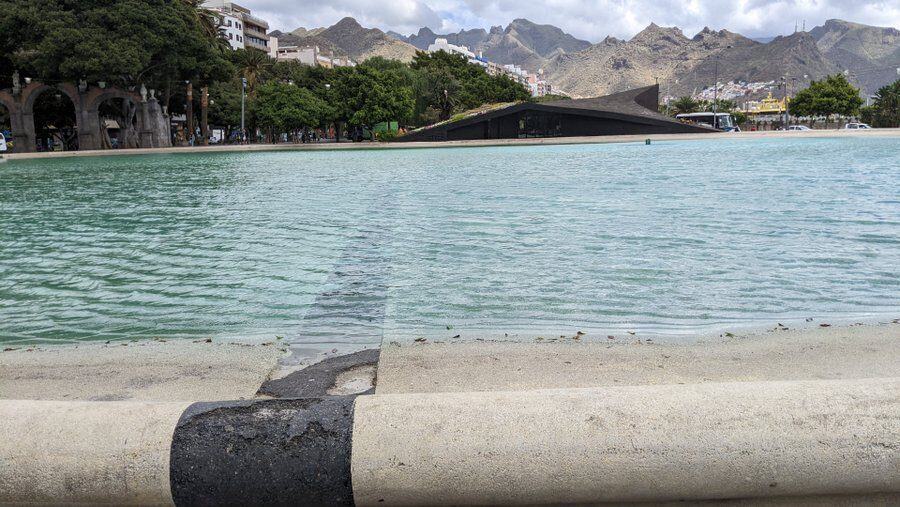
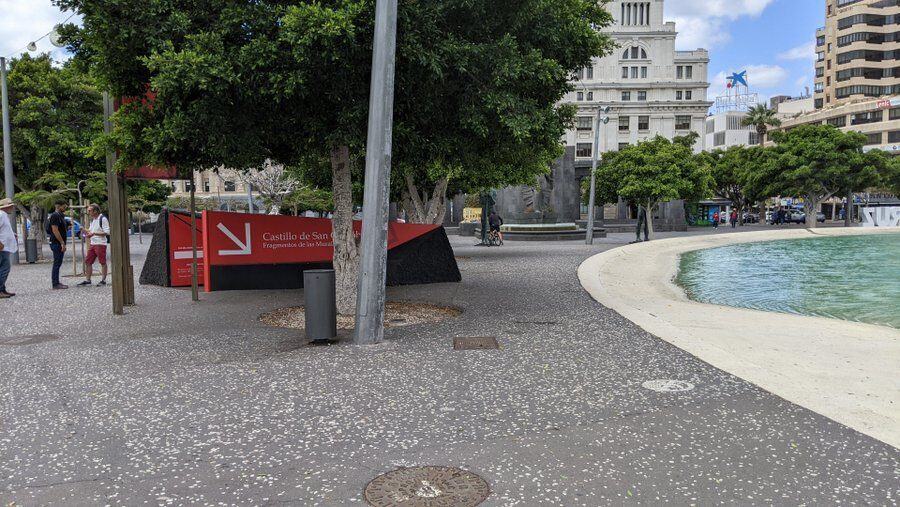
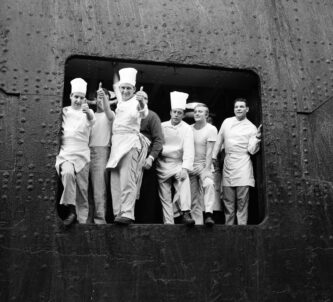
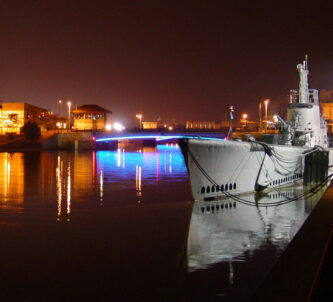
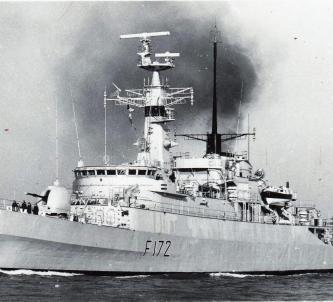
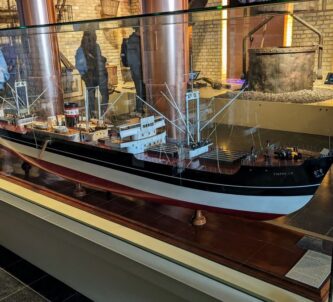
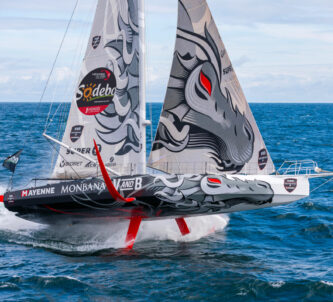

Hi Alastair, I visited Santa Cruz and found very interesting place, which was not mentioned in your post, Bateria de San Francisco . I have pictures from the place and also some videos. It could be nice if you updated the post. Please let me know.
Hi Maciej, Sounds interesting. It seems it was a 4-gun battery a little further down the coast (near the new concert hall). Do we know if it was involved in the fighting on the day?